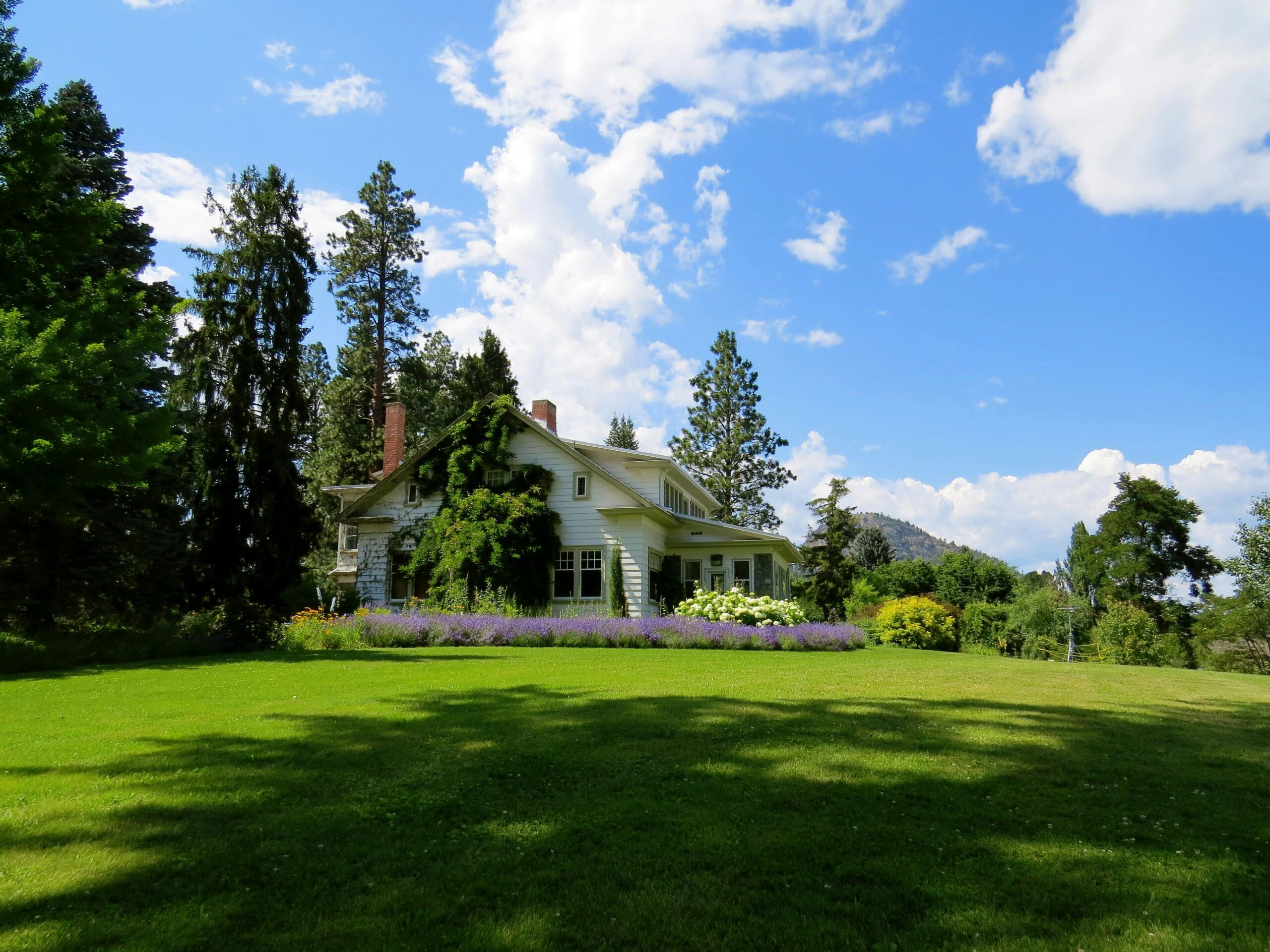Adding trees and shrubs to your landscape enhances beauty, provides shade, and creates habitat for wildlife. However, proper planting techniques are crucial for ensuring these investments thrive for years to come. This comprehensive guide will walk you through the essential steps of planting trees and shrubs correctly, from preparing the site to establishing a new plant watering schedule. Whether you’re a first-time gardener or seasoned landscaper, these techniques will help ensure your woody plants develop strong root systems and flourish in their new environment.
Selecting the Right Plant for Your Space
Before digging any holes, thoughtful selection of appropriate plants is essential. Consider the mature size of the tree or shrub and ensure it has adequate space to grow both above and below ground. Factors such as sunlight requirements, soil conditions, and climate compatibility significantly impact success. Native species often require less maintenance as they’re already adapted to local conditions. When visiting nurseries, look for healthy specimens with no signs of stress, disease, or circling roots. The best time for planting in most regions is early spring or fall when temperatures are moderate and rainfall is typically more abundant, giving your new additions time to establish before extreme weather arrives.
Site Preparation and Hole Digging
Proper site preparation is perhaps the most critical step in your planting guide for trees and shrubs. Begin by marking utilities before digging to avoid dangerous and costly accidents. The planting hole should be two to three times wider than the root ball but only as deep as the root ball itself. This width allows roots to spread horizontally with ease, while the depth prevents the plant from settling too deeply. A common mistake is digging too deep, which can cause the trunk to rot and roots to suffocate. Use a tape measure to check dimensions and a level to ensure the bottom of the hole is flat. The sides of the hole should be rough rather than smooth to encourage roots to penetrate the surrounding soil. If your soil is heavily compacted, loosen it beyond the planting hole to facilitate root growth.
Soil Amendment Considerations
Contrary to popular belief, heavily amending the soil in the planting hole isn’t always beneficial. When you create a pocket of rich soil surrounded by native soil, it can discourage roots from expanding outward. For most situations, it’s better to use the existing soil removed from the hole with minimal amendments. If your soil is extremely poor or clay-heavy, incorporate some compost or organic matter throughout a broader area, not just in the planting hole. This approach creates a more gradual transition zone. Avoid adding fertilizer directly into the planting hole, as this can burn new roots. Instead, wait until the plant is established before implementing a regular fertilization program. The goal is to help the plant adapt to its actual growing environment rather than creating an artificial one that won’t last.
How to Plant Trees and Shrubs Correctly
Begin by removing the plant from its container carefully or cutting away burlap if wrapped. Inspect the root ball and gently tease out any circling or girdling roots. This step is crucial as circling roots can eventually strangle the plant. Position the tree or shrub in the center of the hole, ensuring the top of the root ball is level with or slightly above the surrounding soil surface. Never plant too deeply, as this is a leading cause of plant failure. The root flare (where the trunk begins to widen at the base) should be visible above ground. As you backfill with the original soil, gently firm it with your hands, eliminating air pockets without compacting the soil excessively. Create a shallow basin around the perimeter to help hold water during initial irrigation. This technique, recommended by experts at AskHomey, helps direct water to the developing root system rather than running off.
Watering and Mulching New Plantings
After planting, thorough watering is essential to settle the soil and eliminate air pockets. Develop a new plant watering schedule that provides consistent moisture without waterlogging. Generally, new trees and shrubs need deep watering two to three times per week during the first growing season, depending on weather conditions and soil type. Apply water slowly at the base, allowing it to soak in deeply. Apply a 2-3 inch layer of organic mulch in a circle around the plant, extending to the drip line but keeping it several inches away from the trunk or stems. This mulch ring conserves moisture, moderates soil temperature, reduces weed competition, and prevents lawn mower damage. Over time, gradually reduce watering frequency but increase the amount each time to encourage deep root development.
Staking and Aftercare
Most trees and shrubs don’t require staking unless they’re top-heavy or in very windy locations. If staking is necessary, use soft, flexible materials that won’t damage the bark and remove stakes after one growing season to allow the trunk to develop strength naturally. Prune only damaged branches at planting time, saving major pruning for the appropriate season after establishment. Monitor for pests and diseases regularly, addressing issues promptly. During the first year, check soil moisture frequently and adjust your watering schedule according to rainfall and seasonal needs. Remember that proper care during the establishment period sets the foundation for decades of healthy growth.
For more tips and to connect with reliable home service professionals, follow AskHomey on Facebook and Instagram.



